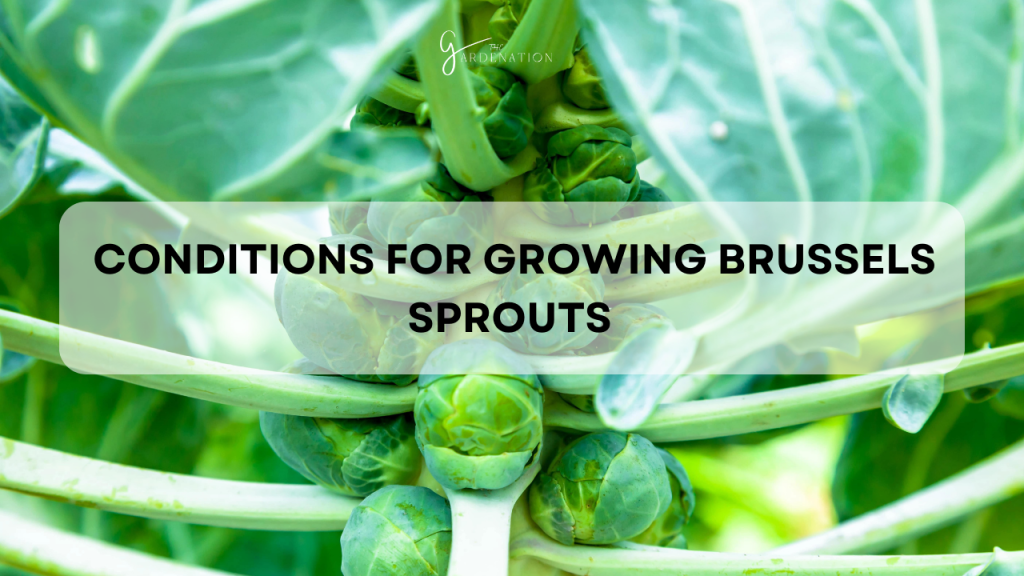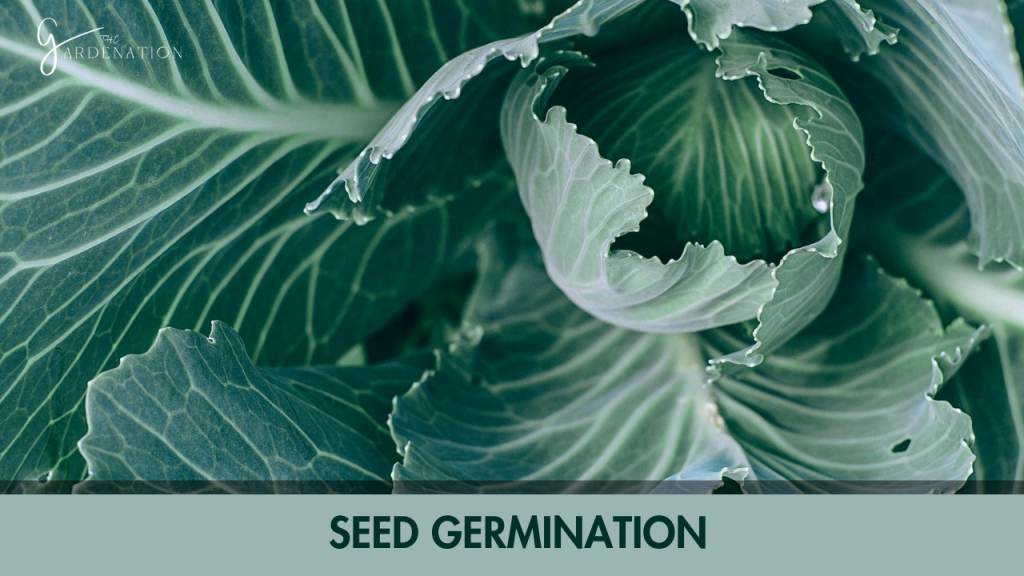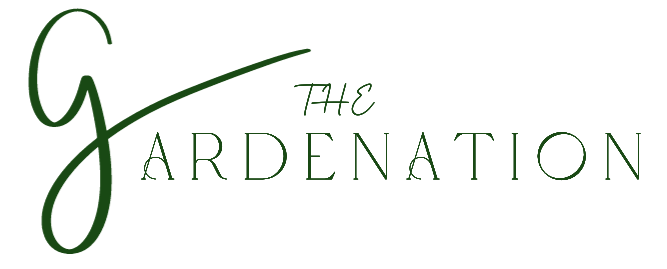Brussels Sprout Plant Stages
I am rediscovering a forgotten gem in the vegetable world, the Brussels sprout deserves a second chance. Challenging the poor reputation stemming from overcooking and improper preparation methods, exploring the culinary potential of Brussels sprouts reveals a tasty, versatile, and nutritious ingredient. Beyond savoring their delightful flavor at the dinner table, cultivating my own Brussels sprouts connects me intimately to the brussels sprout plant stages.
Rediscovering Brussels Sprouts
Although the miniature cabbage-like buds of Brussels sprouts rarely inspire vegetable love at first bite, their reputation fails to capture the tasty potential of the properly prepared sprout.
Challenging the Negative Perception
Many diners recall overcooked and pungent Brussels sprouts of the past, creating a lasting negative bias. However, when grown and prepared well, their sweet and nutty flavor shines. Rather than judging prematurely, I approach Brussels sprouts with an open and curious mindset.
The Culinary Potential
When cultivated attentively and cooked to enhance natural sweetness, Brussels sprouts deliver a delightful medley of flavors. Roasting accentuates nutty notes, while quick steaming or sautéing retains plump texture and vibrant green color. Beyond classic preparations, Brussels sprouts also shine in salads, pastas, frittatas, and stir-fries.
Growing Your Own Brussels Sprouts
Beyond savoring the eating experience, growing my own Brussels sprouts connects me to the plant’s growth cycle through first-hand cultivation. As I nurture the plants from seed to harvest, I will uncover a fascinating vegetable worthy of a revived reputation.
For more information about houseplants you can visit: Wandering Jew Propagation
Conditions for Growing Brussels Sprouts

Although Brussels sprouts demand patience and care, I can try to cultivate a thriving crop by understanding optimal growing conditions.
Commonalities in Care
Related to cabbage, kale and broccoli, Brussels sprouts fall under the Brassicaceae plant family. Known as “cole” crops, they share preferences for cool weather, consistent moisture, and fertile growing medium. However, Brussels sprouts differ with a longer growing duration.
Ideal Growing Zones and Season
As a cool season crop, Brussels sprouts thrive in zones 2-9 during spring and fall. I start seeds indoors 6-8 weeks before the last expected frost. Then, I transplant seedlings when outdoor temperatures remain below 80°F. For warm regions, time a fall crop for maturation in cooler months.
Sunlight Requirements and Temperature Considerations
Brussels sprouts require full sun, tolerating temperatures between 45-80°F after establishment. Exposure to light frosts enhances flavor. I shelter seedlings if temperatures drop below 20°F. In hot climates, I provide afternoon shade cloth protection.
The Role of Moisture and Soil Composition
Brussels sprouts require consistent soil moisture, especially during head formation. I water deeply and evenly. I prepare growing beds with compost-enriched, well-draining soil approximately two feet deep. I try to maintain a soil pH between 6.0-6.8.
pH-Neutral, Well-Draining Soil
By honoring Brussels sprouts preferences for cool temperatures, full sun, reliable moisture, and fertile growing medium, I create the foundation for robust plants and bountiful harvests.
Brussels Sprout Plant Stages

Traversing the five developmental stages from seed to maturity, Brussels sprouts reveal fascinating transformations guiding your cultivation practices.
Seed Germination

The first tender stage occurs when the embryonic plant awakens within a viable seed.
Temperature Requirements for Germination
Imbibing water to swell, seeds germinate in soil temperatures between 45-85°F. Cooler soil slows emergence. For quick germination, I start seeds indoors.
Duration of Germination and Root Development
Radicle roots emerge within 5-6 days, followed by the sprouting stem and seed leaves. I support this vulnerable stage with warm soil and consistent moisture.
Seedlings

In the second phase, sprouted seeds transition into young seedlings.
Transition from Seed to Seedling
As the radicle root anchors downwards, the hypocotyl stem arcs upwards towards sunlight carrying the cotyledon seed leaves. True leaves soon follow.
Identifying Cotyledons and True Leaves
The first round seed leaves, or cotyledons, differ in shape from following true leaves. Cotyledons are rounder, fewer in number, and lack stems.
Vegetative Growth

The pivotal third phase establishes the structural foundation supporting future yields.
Structural Development
Rapid cell division occurs as the root system expands downwards while true leaves capture sunlight. Sturdy plants result from thriving vegetation.
Importance of Early Season Thriving
I promote vigorous early season growth by transplanting younger seedlings, providing sufficient spacing, maintaining soil moisture, and applying balanced fertilizer.
Bud Development

In the fourth stage, plants shift energy towards developing harvestable sprouts.
Timeline to Harvestable Brussels Sprouts
The first miniature cabbages form in leaf axils around midsummer, maturing in 10-12 weeks. Staggered planting extends harvests.
Pruning Strategies for Optimal Bud Growth
While leaf removal is controversial, I prune strategically to accelerate sprout growth. I retain enough foliage to sustain plants.
Flowering

In the spring of the second season, Brussels sprouts transition from leafy greens to flowering plants.
Clusters of Yellow Flowers
Bolting describes the rapid stem elongation displaying bright yellow blossoms. This natural process enables seed production and plant reproduction.
Bolting:
Premature bolting results from overcrowding, drought, extreme temperatures, or poor nutrition. I address causes and grow first year crops only.
Pollination

The flowering stage sets the stage for fertilization and seed development.
The Cross-Pollination Dynamics
Brussels sprouts primarily self-pollinate but also benefit from insect cross-pollination. Hand pollination further boosts seed yields.
Manual Pollination Techniques
I gently brush flowering heads daily to transfer grains of pollen between plants. I protect them from wind and rain which inhibits movement.
Seed Development

In the final stage, pollinated flowers nurture maturing seeds.
Formation of Seed Pods
After petals drop, pollinated flowers develop elongated seed pods containing roughly a dozen seeds. I monitor daily as pods ripen.
Harvesting Seeds for Future Crops
When pods turn brown, harvest and dry further indoors. I store cool, dry seeds in an airtight container to plant next season.
Harvesting Brussels Sprouts

Determining optimal sprout size and harvest timing takes season-long observation and experience.
Optimal Sprout Size
I dbgin harvesting sprouts when they reach 1-1 1⁄2 inches diameter. Larger sprouts tend to get more bitter with overly dense texture.
Harvesting Sequence
Mature sprouts from the base of the stalk upwards. I harvest lower buds first, gradually moving higher as plants keep producing.
Factors Influencing Harvest Size
Sprout size depends on cultivar, weather patterns, and overall plant health. Therefore, optimal size ranges.
Continual Harvesting
Stagger planting dates for a prolonged harvest. In mild zones, leaves protect plants through winter for an extra early spring crop.
Troubleshooting Common Issues

Even experienced growers encounter challenges. Forewarned is forearmed when cultivating Brussels sprouts.
Pests and Diseases
Cabbage loopers, aphids, clubroot, and mildews plague cole crops. I identify and treat early before infestations escalate. I know treatment options for my region.
Leggy Growth
Insufficient light, overcrowding, and warmth spur lanky growth and bare stems. I address spacing, lighting, and temperature issues promptly.
Bolting Prevention Strategies
I cultivate first year crops only. For spring plantings, I choose bolt-resistant cultivars suitable for your climate. I avoid disturbing the roots during the growing season.
Frequently Asked Questions
How Many Brussels Sprouts Will One Plant Produce?
The number of sprouts per plant ranges considerably based on cultivar, plant spacing, growing conditions, and developmental care. Typically, one plant yields 0.5-2 pounds. Provide one square foot spacing in fertile soil and full sun. Consistent moisture and balanced nutrition also boosts yields.
Should I Remove the Leaves from My Brussels Sprout?
Some varieties benefit from strategic leaf removal to accelerate sprout growth, while over-stripping leaves risks plant health. Consider cultivar and plant vigor. Ideally sprouting plants should retain 8-10 leaves per developing sprout to sustain energy reserves. Monitor plants closely when removing foliage.
Conclusion
Demystifying Brussels sprouts reveals an undeservingly maligned vegetable worthy of revived reputation through thoughtful cultivation and preparation. By guiding the plant through each transformation from seed to harvest, I have discovered the fascinating development underlying the growth of these nutritious, flavorful gems. Paying heed to optimal conditions while troubleshooting challenges along the journey leads me to a bounty of sprouts to grace the dinner table. When served properly, the Brussels sprouts’ true colors shine at last.


2 Comments